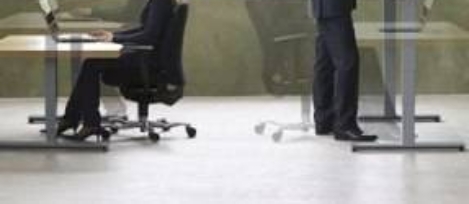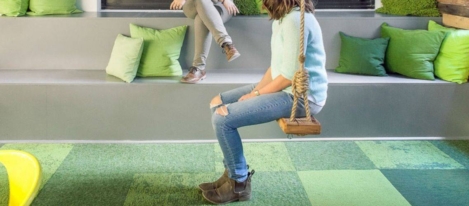March 15, 2016
More than a quarter of managers not comfortable discussing mental health 0
 Over a quarter (28 per cent) of managers admit to having been diagnosed with or treated for a mental health related condition such as stress, anxiety or depression, however, 26 per cent of them keep this private at work, citing fear of being judged by colleagues or their manager (42 per cent and 32 per cent, respectively). And it’s not surprising this reticence persists when you consider that over one in four UK managers (27 per cent) would be more comfortable discussing employees’ physical health than they are discussing their mental health. According to the new research from AXA PPP healthcare, fear it would harm their career prospects (25 per cent) and fear of being discriminated against (21 per cent) are the main reasons for keeping quiet. Although 57 per cent say they’re just as comfortable discussing one or the other the sizeable minority who don’t indicates there’s still work to be done to overcome the mental health taboo.
Over a quarter (28 per cent) of managers admit to having been diagnosed with or treated for a mental health related condition such as stress, anxiety or depression, however, 26 per cent of them keep this private at work, citing fear of being judged by colleagues or their manager (42 per cent and 32 per cent, respectively). And it’s not surprising this reticence persists when you consider that over one in four UK managers (27 per cent) would be more comfortable discussing employees’ physical health than they are discussing their mental health. According to the new research from AXA PPP healthcare, fear it would harm their career prospects (25 per cent) and fear of being discriminated against (21 per cent) are the main reasons for keeping quiet. Although 57 per cent say they’re just as comfortable discussing one or the other the sizeable minority who don’t indicates there’s still work to be done to overcome the mental health taboo.














































March 22, 2016
While politicians squabble, here’s what the Budget meant for the workplace 0
by Mark Eltringham • Comment, Facilities management, Legal news, Workplace, Workplace design
More →